LA Zoo Part Two

Antelope's Resting In The Sun
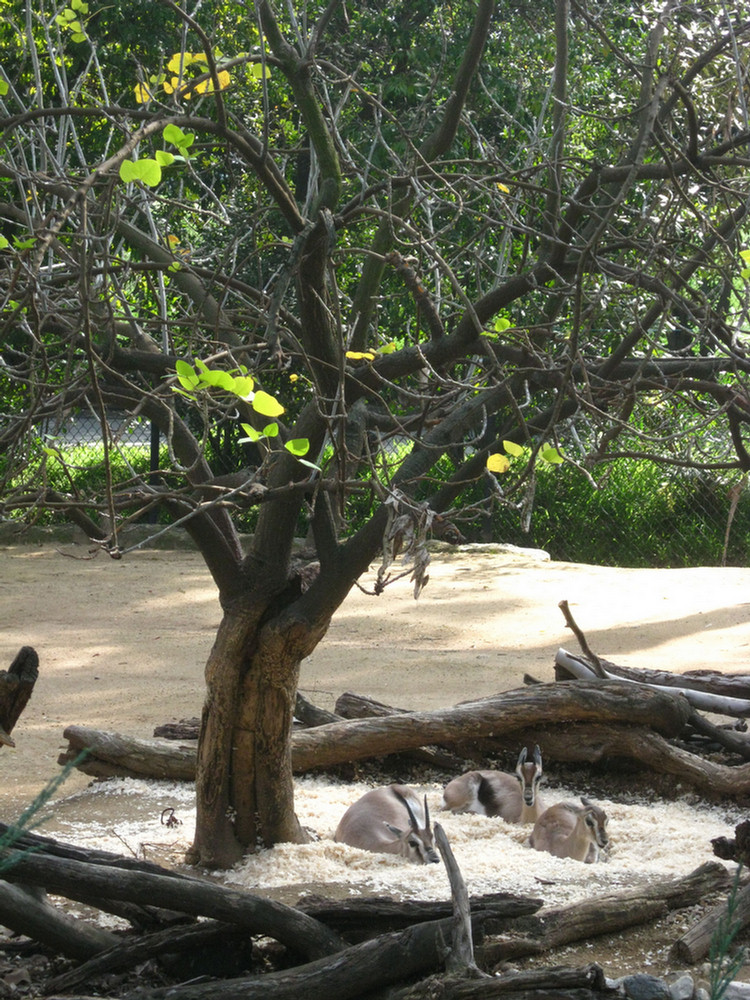
Did you know? - The English word "antelope" first appears in 1417 and is derived from the Old French antelop, itself derived from Medieval Latin ant(h)alopus, which in turn comes from the Byzantine Greek word anthólops, first attested in Eustathius of Antioch (c.336), according to whom it was a fabulous animal "haunting the banks of the Euphrates, very savage, hard to catch and having long saw-like horns capable of cutting down trees". It perhaps derives from Greek anthos (flower) and ops (eye), perhaps meaning "beautiful eye" or alluding to the animals long eyelashes; however this may be a later folk etymology. The word talopus and calopus, from Latin, came to be used in heraldry. In 1607 it was first used for living, cervine animal.
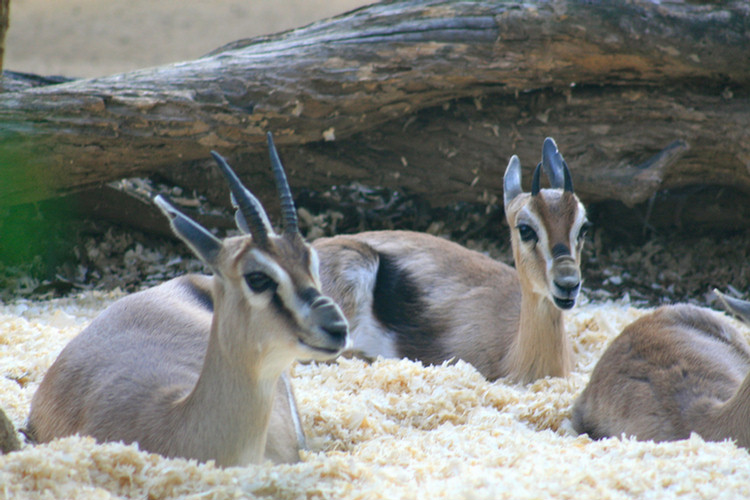

Peccaries Are NOT Pigs!

Did you know? - Peccaries are medium-sized animals, with a strong superficial resemblance to pigs. Like pigs, they have a snout ending in a cartilagenous disc, and eyes that are small relative to their head. Also like pigs, they use only the middle two digits for walking, although, unlike pigs, the other toes may be altogether absent. Their stomach is non-ruminating, although it has three chambers, and is more complex than that of pigs.
Peccaries are omnivores, and will eat small animals, although their preferred food consists of roots, grass, seeds, and fruit. One of the ways to tell apart pigs and peccaries is the shape of the canine tooth, or tusk. In European pigs the tusk is long and curves around on itself, whereas in peccaries, the tusk is short and straight. The jaws and tusks of peccaries are adapted for crushing hard seeds and slicing into plant roots, and they also use their tusks for defense.


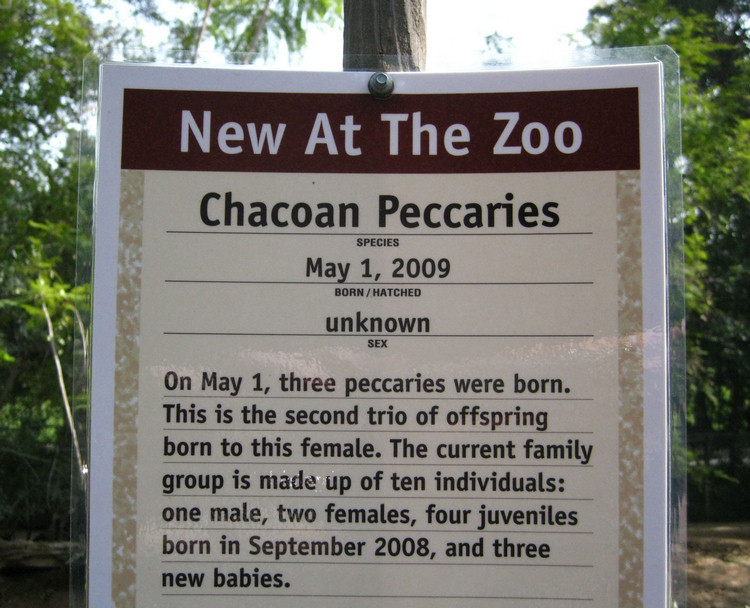
The Chimps Had a Huge Area To Thelselves

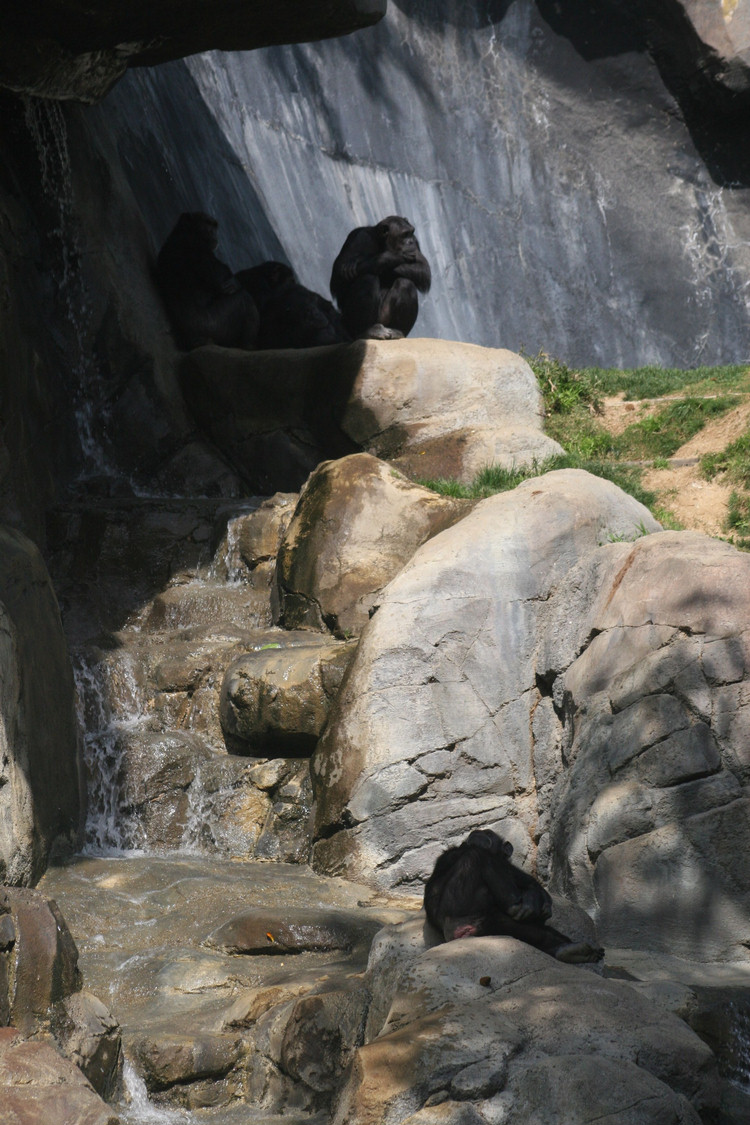



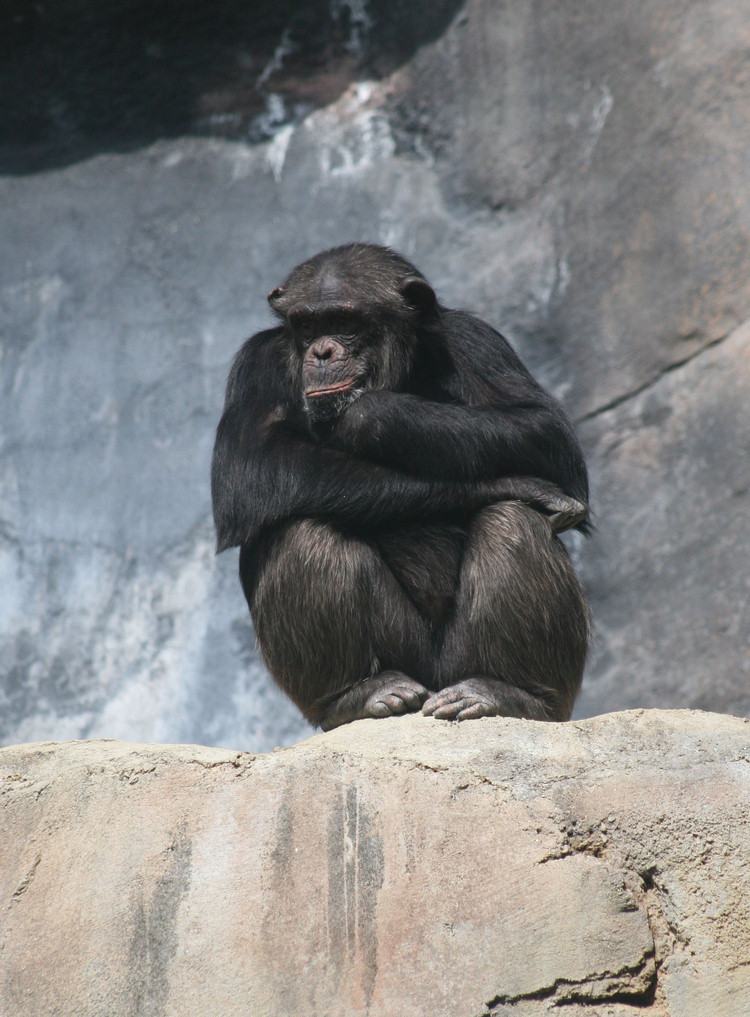
Gazzell Are Beautifu Animals
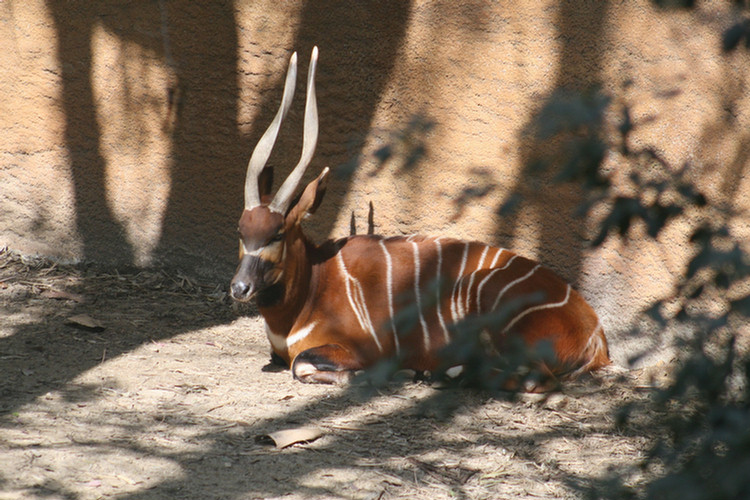
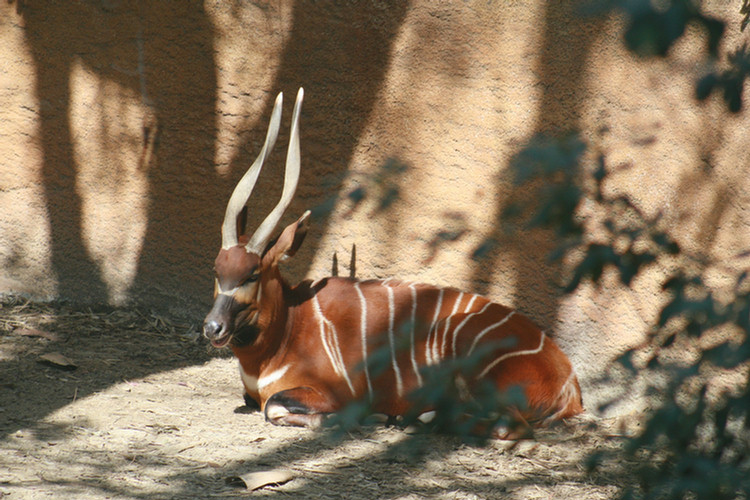
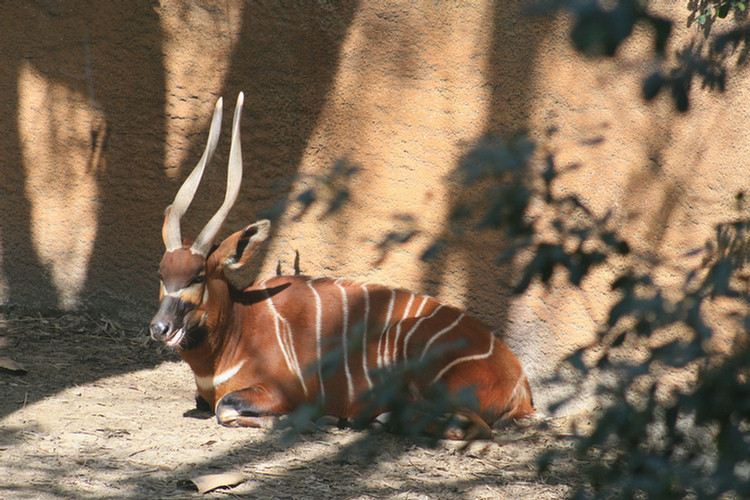
Komodo Dragon
Did you know? - The Komodo dragon (Varanus komodoensis) is a species of lizard that inhabits the islands of Komodo, Rinca, Flores, and Gili Motang in Indonesia.[3] A member of the monitor lizard family (Varanidae), it is the largest living species of lizard, growing to an average length of 2 to 3 metres (6.6 to 9.8 ft) and weighing around 70 kilograms (150 lb).
Their unusual size is attributed to island gigantism, since there are no other carnivorous animals to fill the niche on the islands where they live; their large size is also explained by the Komodo dragon's low metabolic rate. As a result of their size, these lizards dominate the ecosystems in which they live.
Although Komodo dragons eat mostly carrion, they will also hunt and ambush prey including invertebrates, birds, and mammals.
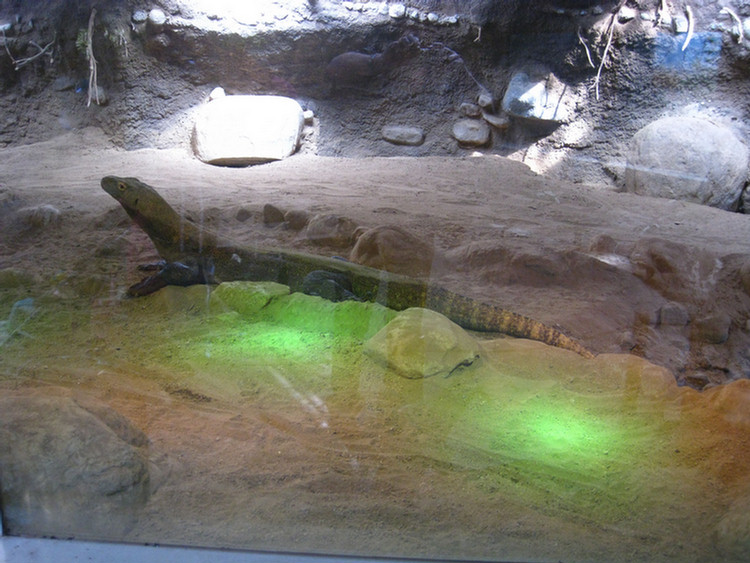

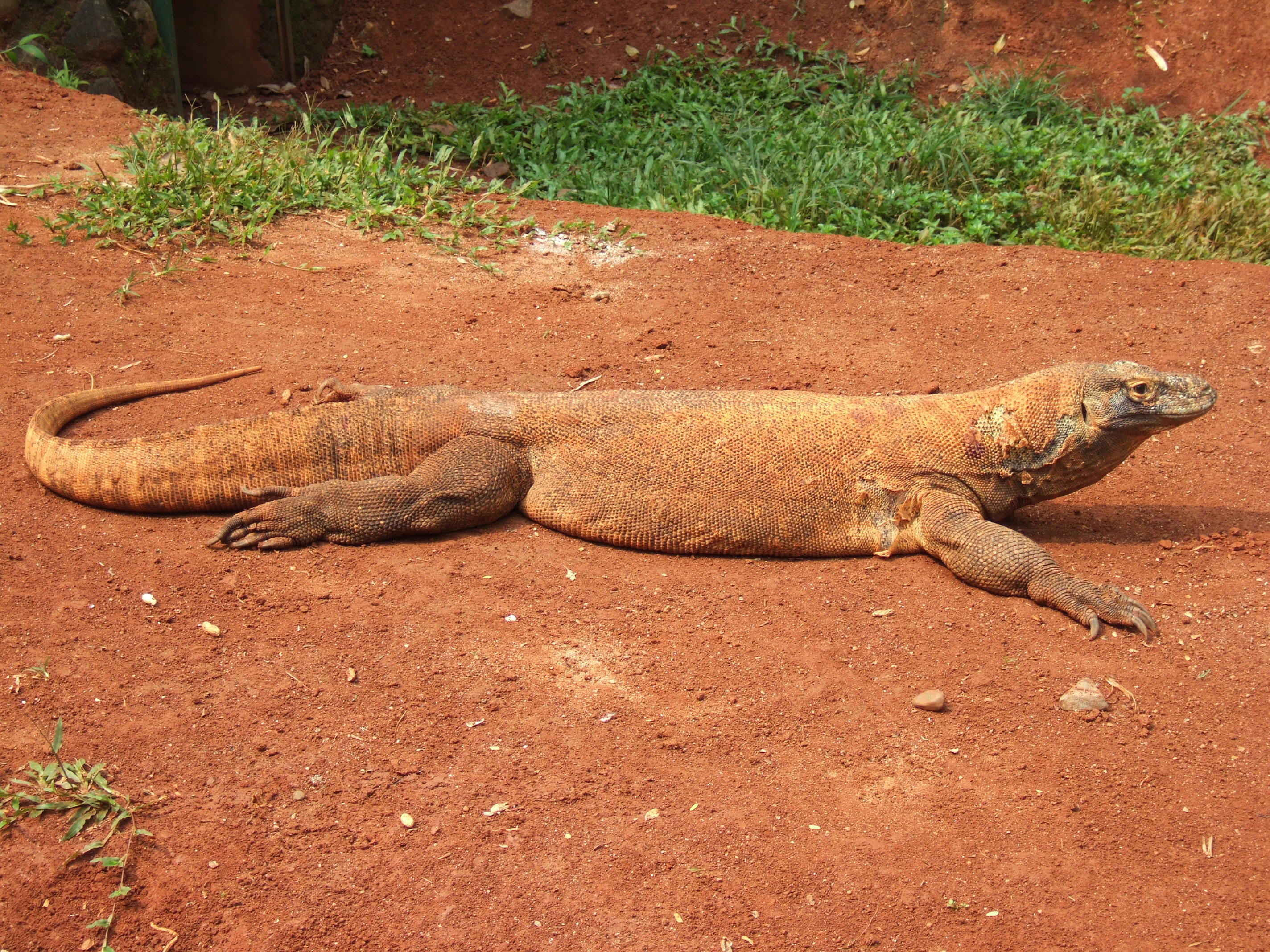
Loud!!!!! It Is a Peafowl
Did you know? - The term peafowl can refer to the two species of bird in the genus Pavo of the pheasant family, Phasianidae. The African Congo Peafowl is placed in its own genus Afropavo and is not dealt with here. Peafowl are best known for the male's extravagant tail, which it displays as part of courtship. The male is called a peacock, the female a peahen, though it is common to hear the female also referred to as a "peacock" or "female peacock".




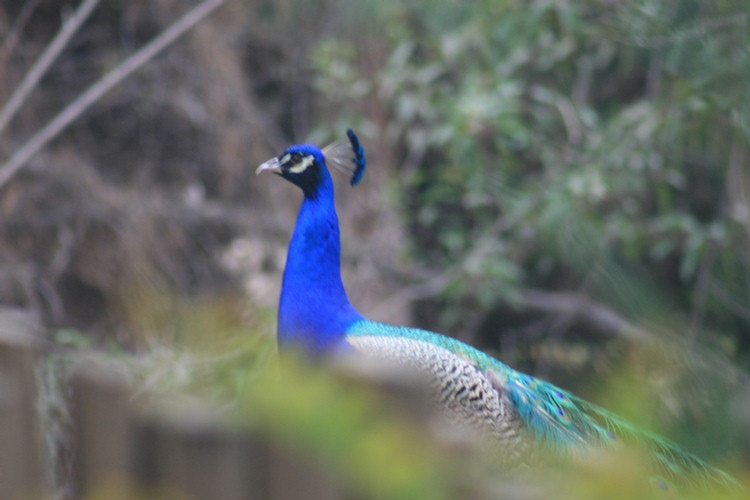


Hippopotamus

Did you know? - The hippopotamus is semi-aquatic, inhabiting rivers and lakes where territorial bulls preside over a stretch of river and groups of 5 to 30 females and young. During the day they remain cool by staying in the water or mud; reproduction and childbirth both occur in water. They emerge at dusk to graze on grass. While hippopotamuses rest near each other in the water, grazing is a solitary activity and hippos are not territorial on land.



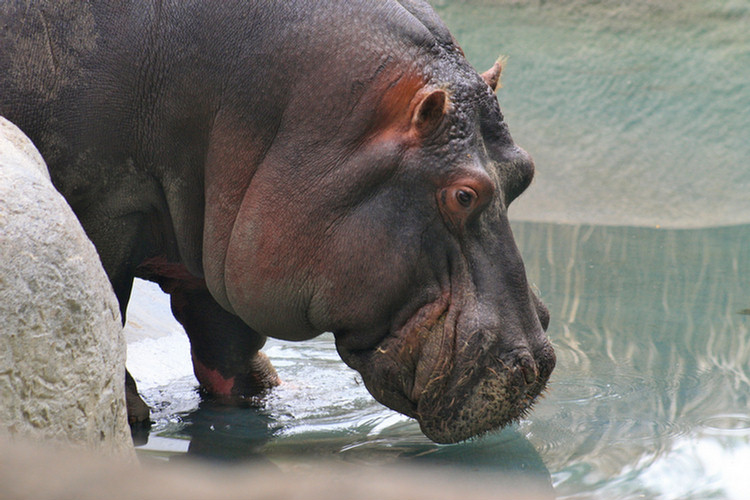
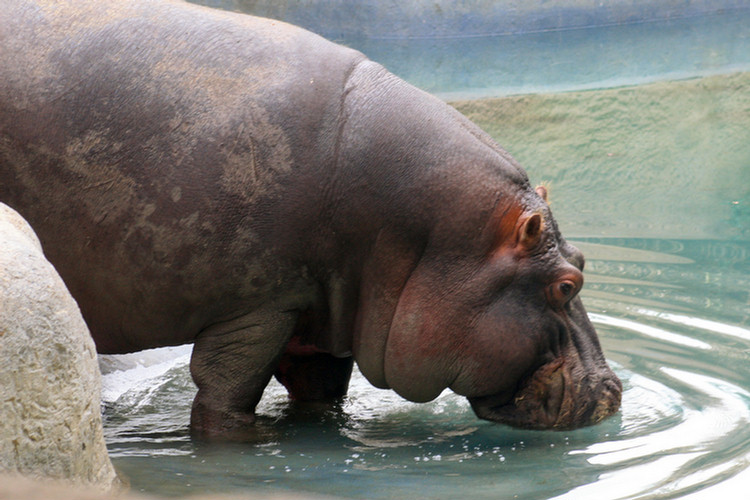
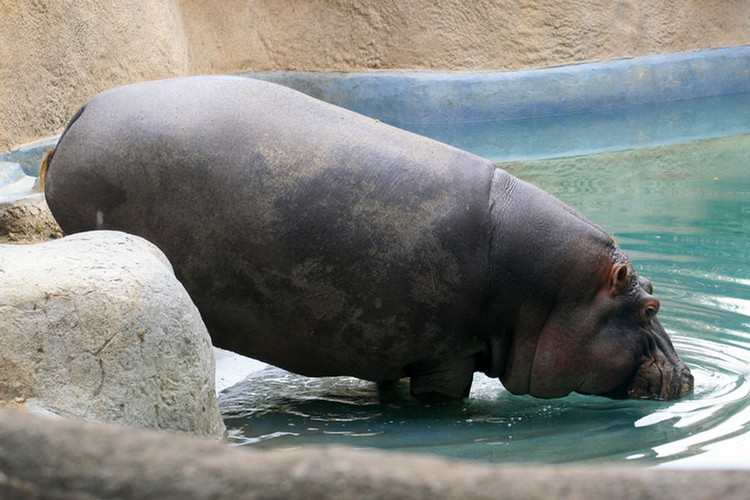
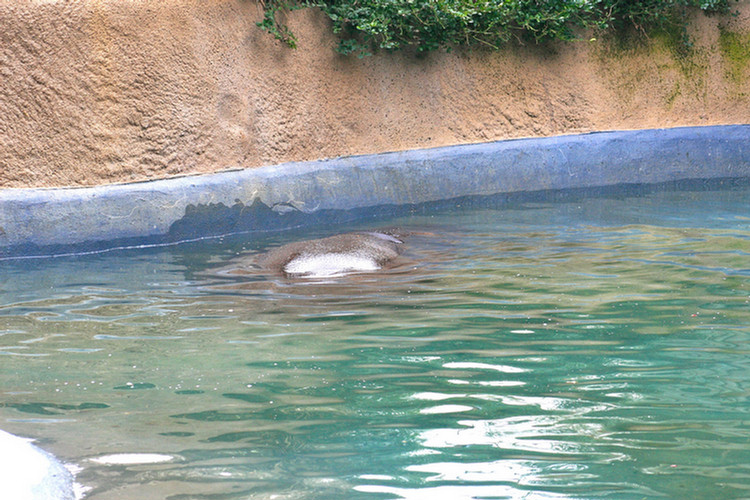

Did you know? - Despite their physical resemblance to pigs and other terrestrial even-toed ungulates, their closest living relatives are cetaceans (whales, porpoises, etc.) from which they diverged about 55 million years ago. The common ancestor of whales and hippos split from other even-toed ungulates around 60 million years ago. The earliest known hippopotamus fossils, belonging to the genus Kenyapotamus in Africa, date to around 16 million years ago.
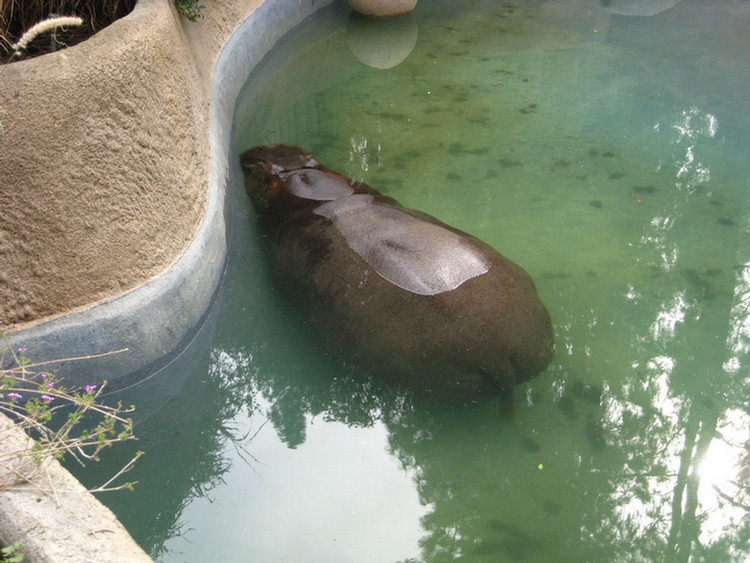

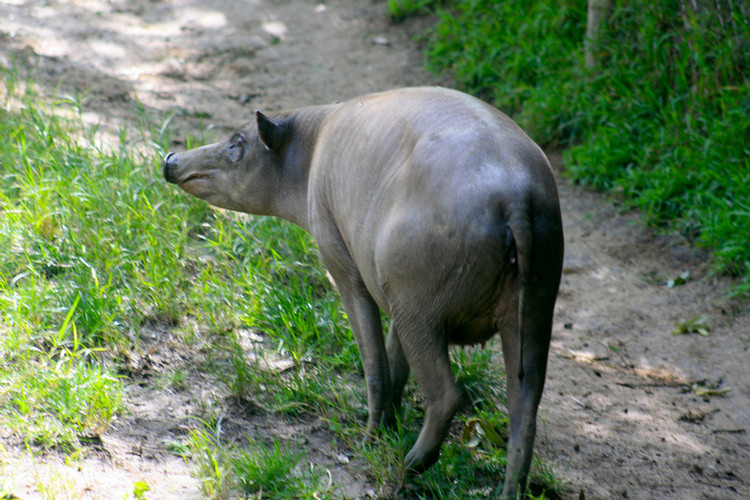


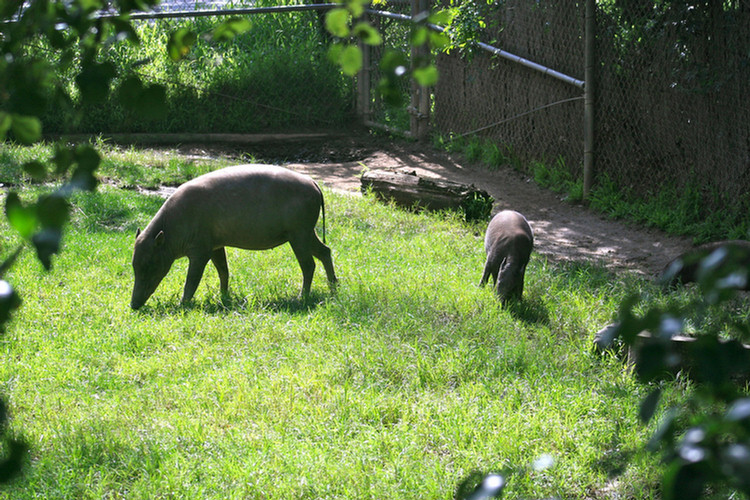

Markhor
Did you know? - The colloquial name is thought by some to be derived from the Persian word mar, meaning snake, and khor, meaning "eating", which is sometimes interpreted to either represent the species ability to kill snakes, or as a reference to its corkscrewing horns, which are somewhat reminiscent of coiling snakes. Other sources speculate that the name arose as a corruption of the Pushto words mar (meaning snake) and akhur (meaning horn)
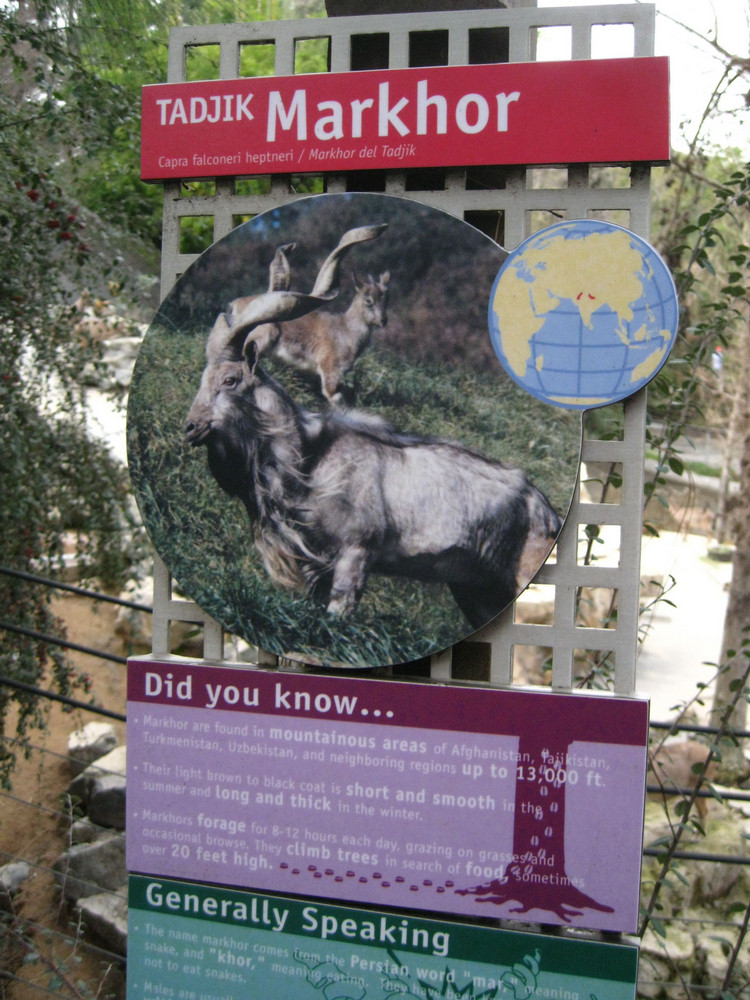

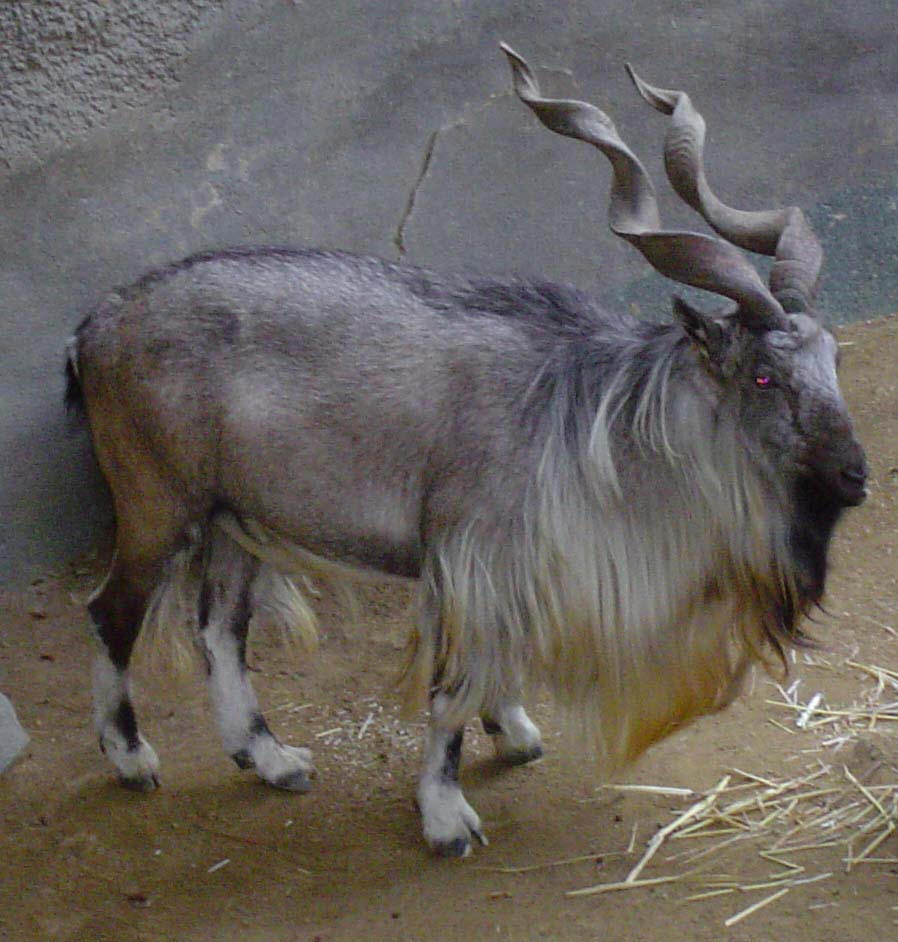
Did you know? - Markhor are diurnal, and are mainly active in the early morning and late afternoon. Their diet shifts seasonally: in the spring and summer periods they graze, but turn to browsing in winter, sometimes standing on their hind legs to reach high branches.


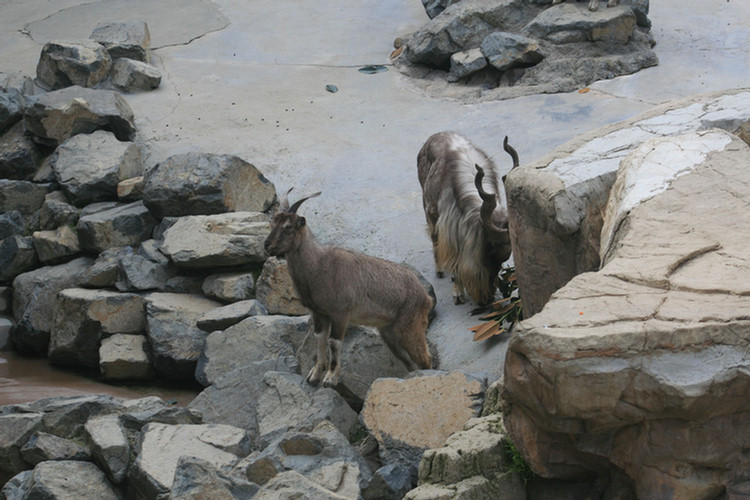





Maned Wolf
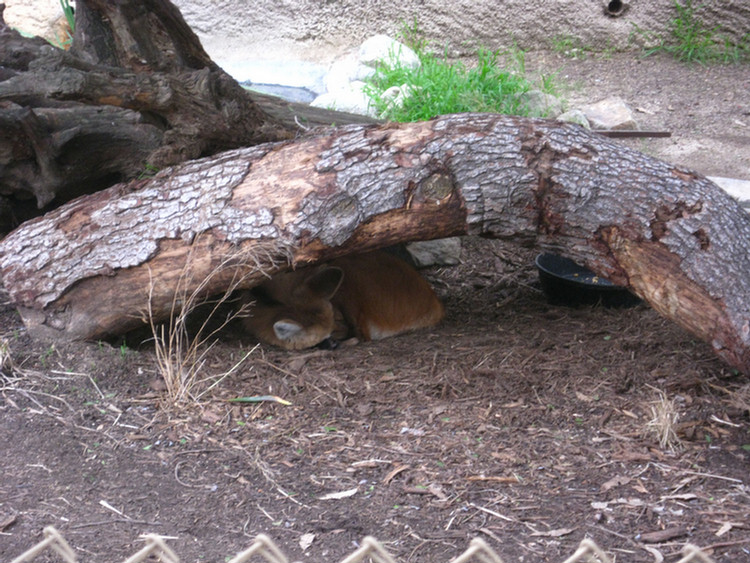
Did you know? - Both male and female Maned Wolves use their urine to communicate, e.g. to mark their hunting paths, or the places where they have buried hunted prey. The urine has a very distinctive smell, which some people liken to hops or cannabis. The responsible substance is very likely a pyrazine, which occurs in both plants. (In the Rotterdam Zoo, this smell once set the police on a hunt for cannabis smokers.)

Llama
Did you know? - The llama (Lama glama) is a South American camelid, widely used as a pack and meat animal by Andean cultures since pre-hispanic times. In popular culture llamas are mostly associated with the Incans and Peru.
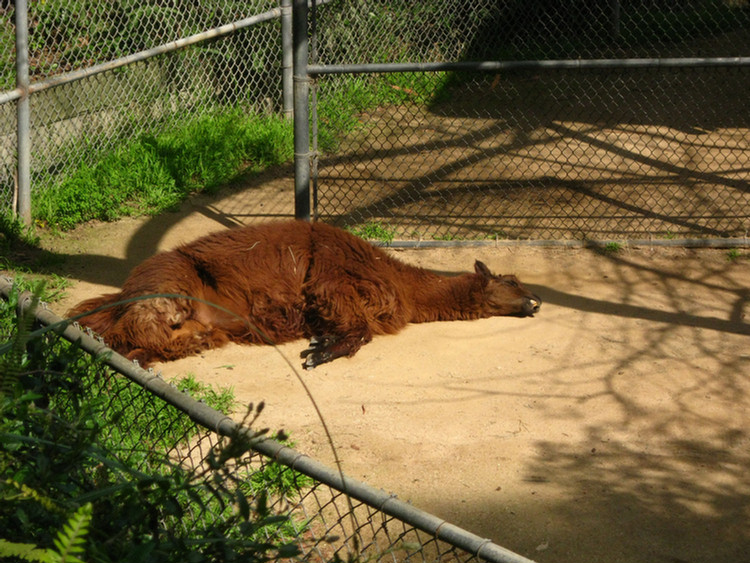
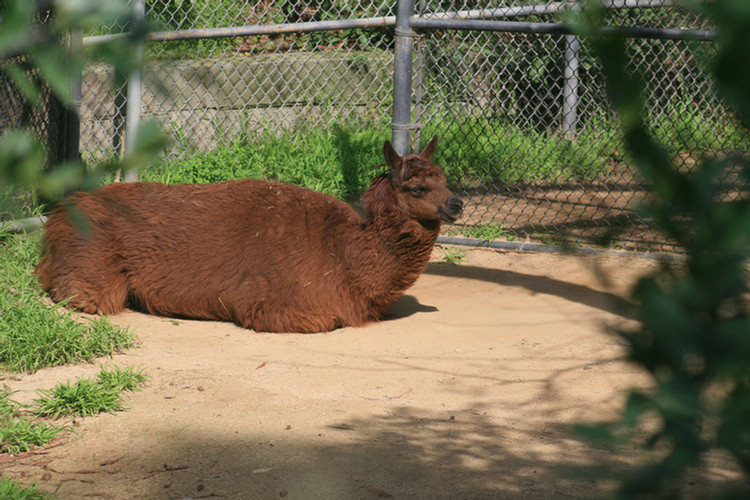
Did you know? - Llamas appear to have originated from the central plains of North America about 40 million years ago. They migrated to South America and Asia[citation needed] about 3 million years ago. By the end of the last ice age (10,000–12,000 years ago) camelids were extinct in North America. As of 2007, there were over 7 million llamas and alpacas in South America and, due to importation from South America in the late 20th century, there are now over 100,000 llamas and 6,500–7,000 alpacas in the US and Canada.

Otter

Did you know? - The giant otter (Pteronura brasiliensis) inhabits South America, especially the Amazon river basin, but is becoming increasingly rare due to poaching, habitat loss, and the use of mercury and other toxins in illegal alluvial gold mining. This gregarious animal grows to a length of up to 1.8 metres (6 ft), and is more aquatic than most other otters.
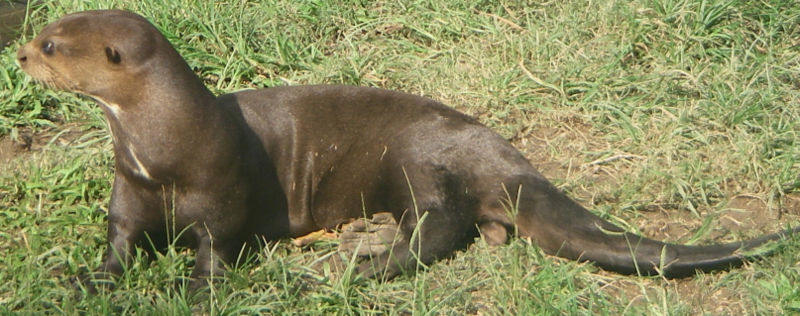

Trees And Other Wild Life Were Abundant



Wild African Dogs
Did you know? - The African Wild Dog is a medium sized canid found only in Africa, especially in savannas and other lightly wooded areas. It is also called the Painted Hunting Dog, African Hunting Dog, the Cape Hunting Dog, the Spotted Dog, or the Painted Wolf in English, Wildehond in Afrikaans, and Mbwa mwitu in Swahili.
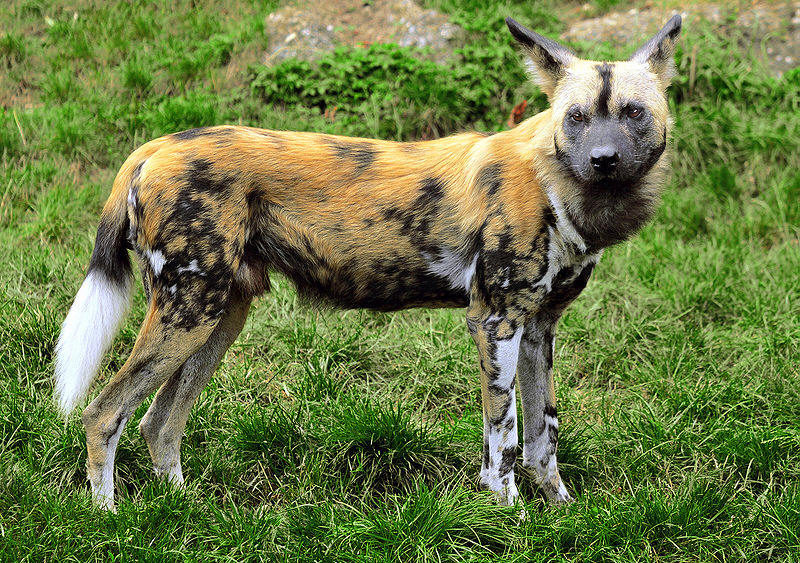
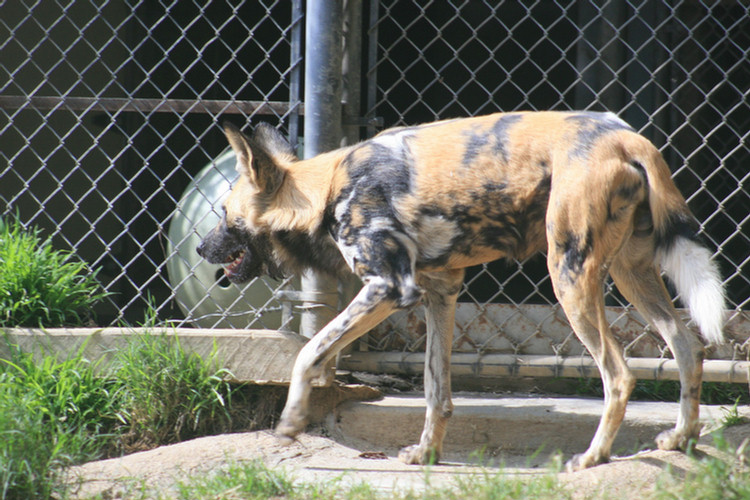
Did you know? - The African Wild Dog hunts in packs. Like most members of the dog family, it is a cursorial hunter, meaning that it pursues its prey in a long, open chase. Nearly 80% of all hunts end in a kill. Members of a pack vocalize to help coordinate their movements. Its voice is characterized by an unusual chirping or squeaking sound, similar to a bird.
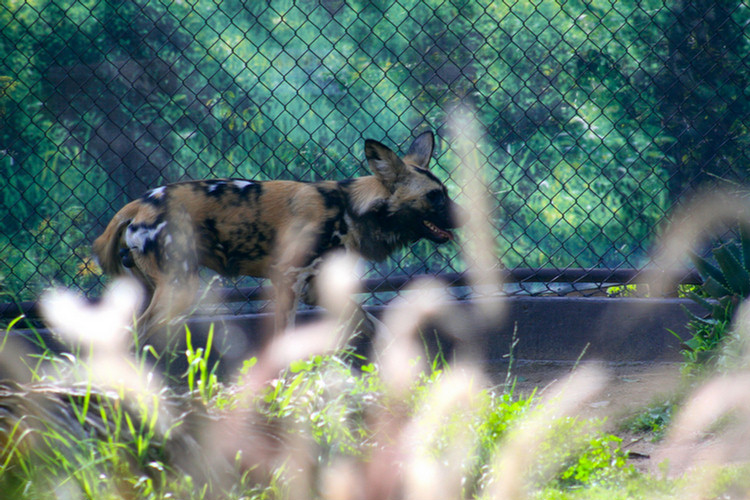
Did you know? - After a successful hunt, hunters regurgitate meat for those that remained at the den during the hunt, such as the dominant female and the pups. They will also feed other pack members, such as the sick, injured, the very old that cannot keep up, or those who stayed back to watch the pups.
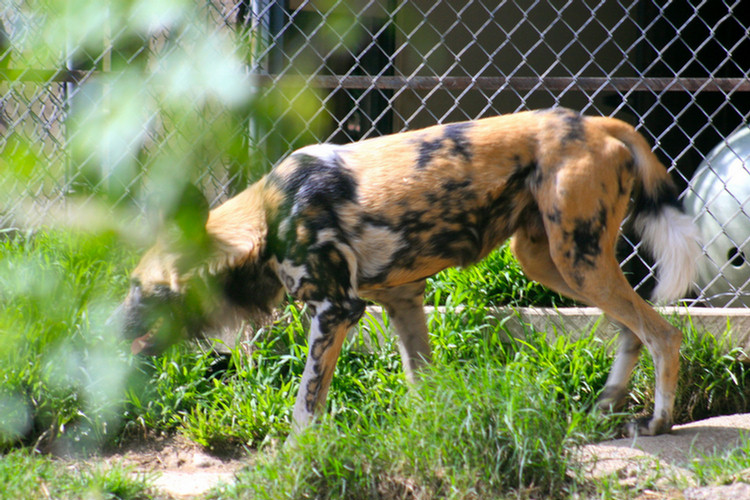
Nice Statuary Around The Grounds
Did you know? - A statue is a sculpture in the round representing a person or persons, an animal, or an event, normally full-length, as opposed to a bust, and at least close to life-size, or larger. Its primary concern is representational.
The definition of a statue is not always clear-cut; sculptures of a person on a horse, called Equestrian statues, are certainly included, and in many cases, such as a Madonna and Child or a Pietà, a sculpture of two people will also be. A small statue, usually small enough to be picked up, is called a statuette or Figurine.

